Originaltitel: The World Beyond Silence
Kinostart: 02.09.2021
Länge: ca. 119 Minuten
Produktionsland: Deutschland
Regie: Mauel Fenn
Genre: Dokumentation
Verleih: 24 Bilder
Noch immer hadert nicht nur Deutschland mit den Folgen des SARS-Cov 2 Coronavirus. Die weltweite Pandemie beschäftigt seit mehr als eineinhalb Jahren die gesamte Welt und bietet uns einen Anblick auf das Leben, wie wir ihn zuvor noch nie kennen gelernt haben. Schlagartig hat sich der Alltag vieler Menschen drastisch verändert und noch immer ist kein Ende in Sicht. Dass die Welt nun eine völlig andere ist, hat Manuel Fenn schnell realisiert und die Gelegenheit genutzt Schicksale aus aller Welt einzufangen und eine filmische Bestandsaufnahme anzufertigen. Die Reise begann bereits Mitte März, als hier zu Lande das Virus erstmalig so richtig zuschlug und die Regierung in die Knie zwang. Doch Fenn reiste nicht selbst zu den verschiedenen Drehorten, denn teilweise war dies auch gar nicht möglich. Er mobilisierte stattdessen mehr als ein Dutzend Filmteams weltweit, die sich seinem Projekt anschlossen.
Gedreht wurde über einen Zeitraum hinweg von einem halben Jahr und man hielt insgesamt 160 Stunden Rohmaterial fest, die schließlich über einen umfassenden Zeitraum sondiert, ausgewertet und schließlich zu einem stimmigen Film zusammengesetzt wurden. Mit einem Budget von rund 500.000€ zählt das Werk definitiv zu den Low-Budget-Produktionen. Da hierfür jedoch keine Settings nachgebaut werden mussten, Reisekosten weitestgehend wegfielen und auch die technische Ausstattung nicht dem üblichen Umfang einer Filmproduktion gleichen musste, handelt es sich hierbei um eine durchaus solide Planung.
Darum geht es…
12 völlig unterschiedliche und ungeplante Geschichten prägen diese Dokumentation und zeigen uns die Wahrnehmung, die Lebensumstände, die Herausforderungen und teils auch positiven Entwicklungen, die mit der ungewöhnlichen Situation einer Pandemie einhergehen. Hierbei handelt es sich lediglich um eine Bestandsaufnahme der ersten Corona-Welle, wodurch natürlich das Potential für die Fortführung der filmischen Geschichte von Beginn an gegeben ist. Eine Übersicht der Orte, in denen gedreht wurde, sowie den darstellenden Personen findet ihr oberhalb dieser Rezension im benachbarten Tab.
Rezension
Tatsächlich gibt es zu dieser Dokumentation nicht wirklich viel zu sagen, da es sich eben wirklich um ein Festhalten eines augenblicklichen Zustandes ist und somit inhaltlich und dramaturgisch keine großen Ansprüche gestellt werden können. Eine große Spannungskurve ist auch keineswegs erkennbar, da die Geschichten unabhängig voneinander erzählt sind und etappenweise abgearbeitet werden. Es gibt durchaus interessantere Sequenzen und welche, die nicht so einen großen Reiz erzeugen. Das Wesen des Films besteht jedoch vor allem darin durch die interviewartige Berichterstattung ein Gefühl dafür zu geben, mit welchen Herausforderungen die Menschen belastet sind und wie sich dies auf sie auswirkt. Nicht selten ist dabei ersichtlich, wie die besonderen Umstände sich auf die Psyche auswirken.
Das Problem an DIE WELT JENSEITS DER STILLE ist jedoch, dass hier scheinbar eine sehr einseitige Betrachtungsweise gezeigt wird. Wir sehen weitestgehend nicht die Tragik, die wirklich hinter den Geschichten steckt – wie zum Beispiel bei einem indigenen Stamm im Amazonasgebiet. Gezeigt wird uns nur ein Vorher und Nachher Bild sowie einzig und allein die Furcht vor schrecklichen Ereignissen. Das mag natürlich daran liegen, dass die erste Corona-Welle bei weitem nicht die drastischen Ausmaße entwickelt hat, wie wir sie in der zweiten Welle kennen gelernt haben, doch gerade Italien hat uns schon im ersten Lockdown bewiesen, wie dramatisch die Situation sich zugespitzt hat. Zu spüren ist davon im Film jedoch nur wenig.
Das war alles?
An dieser Stelle könnte natürlich eine gewisse Sensationslust dem Betrachtenden vorgeworfen werden, doch andererseits zählt doch genau so etwas auch zur tragischen Realität dieser Zeit. Fast noch schlimmer ist jedoch, dass wir eigentlich nur Menschen zu sehen bekommen, die die Angst vor dem Virus teilen und sich sorgsam um ihre Gesundheit kümmern – teilweise fast zu sorgsam. Doch weltweit gab es viele Menschen, die eine deutlich kontroversere Meinung zur Thematik hatten und noch immer haben und dies auch lauthals zeigen. Vermutlich hat man bei der anfänglichen Auswahl der Leute die in diesem Film zu sehen sein werden noch nicht gewusst, dass sich einerseits die Gesellschaften weltweit so spalten würden und andererseits, wer zu welcher Gruppierung sich zugehörig fühlt.
Und selbst wenn man wirklich bei den ausgewählten Personen nur bleibt, fehlen doch ein wenig die wirklich drastischen Eindrücke, denn weder bekommen wir ein Gefühl dafür, wie es für die junge Familie Guala in dieser schwierigen Zeit ist, noch wird wirklich deutlich, wie extrem belastend das ständiges Aufeinanderhocken von Julio Weiss und Carmen Collazo sich auswirkt. Stets handelt es sich nur um eine nachträgliche Erzählung, wie schlimm doch alles sei, aber scheinbar fängt kein einziges Team die wirklichen Probleme dieser Zeit ein. Das ist etwas schade, denn eigentlich dürfte es genug Schicksale gegeben haben, die uns und vor allem zukünftigen Generationen deutlich machen könnten, wie hart die Zeit wirklich für viele war.
Fazit
Leider bleibt somit nicht viel mehr zu sagen als das DIE WELT JENSEITS DER STILLE sehr viel Potential verschenkt und letztlich doch etwas kraftlos daherkommt. Uns wird von der „Welt jenseits der Stille“ nicht wirklich viel gezeigt und in der Annahme, dass es irgendwann Menschen geben wird, die nicht wissen was die Corona-Krise war, werden die sich den Film anschauen und vermutlich nichts Greifbares finden, an dem sie sich wirklich entlang hangeln und Erkenntnisse gewinnen können. Es handelt sich hier um eine simple Bestandsaufnahme, die jedoch sehr unvollständig wirkt, was jedoch nicht heißt, dass die zwölf Geschichten nicht auch alle irgendwie ihren Reiz gezeigt haben und schon auch interessant waren zu verfolgen, insbesondere weil hier auch andere Kulturkreise mal eine Stimme bekommen haben. Doch wo waren die Geschichten, die wir nicht schon täglich in den Nachrichten verfolgen konnten?
Pünktlich zur vierten Welle bekommen wir nun auch die Möglichkeit die Corona-Krise auf der Kinoleinwand zu betrachten – klingt absurd? Tatsächlich steckt da eine recht seltsame Ironie drin, wo doch gerade Corona und Kinos sich im vergangenen Jahr gar nicht gut vertragen haben. Doch viel wichtiger ist ja, ob der hiesige Film und etwas zeigen kann, was es sich lohnt auch auf einer Kinoleinwand anzuschauen. Da jedoch steckt schon der Teufel im Detail, denn genau das liefert uns diese Dokumentation nicht. In zwölf völlig unterschiedlichen Geschichten von Menschen aus der ganzen Welt wird lediglich eine Bestandsaufnahme gemacht, die einige recht „milde Verläufe“, wie man im heutigen Pandemie-Sprech sagen würde, zeigen und die wirklichen Schwierigkeiten gänzlich außenvorlässt.
Eine Dokumentation der Gegenwart ist natürlich ein wirklich spannendes Projekt und bietet viel Potential, doch wäre es aus vielerlei Hinsicht auch sinnvoll alle Facetten zumindest versuchsweise mit einzubinden und ein Werk zu schaffen, welches auch späteren Generationen noch Anhaltspunkte gibt, wie jüngste Problematiken sich wirklich auswirkten. Dieser Film ist jedoch nur ein laues Lüftchen und zeigt weder die schweren Herausforderungen noch Inhalte, die abseits der üblichen Medien geschahen und somit nicht ohnehin schon hinreichend bekannt wären. Wohlgemerkt sei jedoch, dass die einzelnen Storys trotzdem ihren Reiz haben und natürlich auch interessant sind zu sehen, doch leider ist der Blickwinkel einfach viel zu klein gewählt wurden. Schade.
Original title: The World Beyond Silence
Cinema release: 02.09.2021
Length: approx. 119 minutes
Country of production: Germany
Director: Manuel Fenn
Genre: Documentary
Distributor: 24 Bilder
It is not only Germany that is still struggling with the consequences of the SARS Cov 2 coronavirus. The worldwide pandemic has been occupying the entire world for more than one and a half years and offers us a view of life as we have never known it before. The everyday life of many people has changed drastically and there is still no end in sight. Manuel Fenn quickly realised that the world is now a completely different place and took the opportunity to capture fates from all over the world and make a cinematic inventory. The journey began as early as mid-March, when the virus really struck for the first time in this country and brought the government to its knees. But Fenn did not travel to the various filming locations himself, because in some cases this was not even possible. Instead, he mobilised more than a dozen film crews around the world to join his project.
Filming took place over a period of six months and a total of 160 hours of raw material was captured, which was finally sampled, evaluated and assembled into a coherent film over an extensive period of time. With a budget of around 500,000€, the work is definitely one of the low-budget productions. However, since no settings had to be recreated for this, travel costs were largely eliminated and the technical equipment did not have to resemble the usual scope of a film production, this is a thoroughly solid planning.
That’s the story about
12 completely different and unplanned stories characterise this documentary and show us the perceptions, the living conditions, the challenges and partly also positive developments that come along with the unusual situation of a pandemic. This is merely a stocktaking of the first Corona wave, which of course gives the potential for the continuation of the cinematic story from the beginning. You can find an overview of the locations where filming took place, as well as the people portrayed, above this review in the adjacent tab.
Review
In fact, there is not really much to say about this documentary, as it is really a recording of a momentary state of affairs and thus no great demands can be made in terms of content and dramaturgy. There is also no great suspense curve, as the stories are told independently of each other and are worked through in stages. There are definitely more interesting sequences and some that do not create such a great attraction. The essence of the film, however, is to give a sense of the challenges people are burdened with and how this affects them through the interview-like reporting. It is not uncommon to see how the particular circumstances affect the psyche.
The problem with THE WORLD BEYOND SILENCE, however, is that it seems to show a very one-sided point of view. We largely do not see the tragedy that really lies behind the stories – such as those of an indigenous tribe in the Amazon. We are only shown a before and after picture and only the fear of terrible events. Of course, this may be due to the fact that the first Corona wave by far did not develop the drastic proportions that we got to know in the second wave, but Italy in particular already proved to us in the first Lockdown how dramatically the situation came to a head. However, there is very little of this in the film.
That’s all?
At this point, of course, the viewer could be accused of a certain sensationalism, but on the other hand, precisely this kind of thing is also part of the tragic reality of this time. What is almost worse, however, is that we actually only get to see people who share the fear of the virus and take care of their health – sometimes almost too carefully. But all over the world there were many people who had and still have a much more controversial opinion on the subject and show this loudly. Presumably, when they initially selected the people to be seen in this film, they didn’t know that on the one hand, societies around the world would be so divided, and on the other hand, who would feel they belonged to which group.
And even if you really just stay with the selected people, the really drastic impressions are a bit lacking, because we neither get a feeling for what it is like for the young Guala family in this difficult time, nor does it really become clear how extremely stressful the constant squatting on each other of Julio Weiss and Carmen Collazo is. It’s always just an afterthought about how bad everything is, but apparently not a single team captures the real problems of the time. That’s a bit of a shame, because actually there should have been enough fates that could make it clear to us and especially to future generations how hard the time really was for many.
Conclusion
Unfortunately, there is not much more to be said than that THE WORLD BEYOND SILENCE wastes a lot of potential and ultimately comes across as somewhat powerless. We are not really shown much of the „world beyond the silence“ and assuming that at some point there will be people who do not know what the Corona Crisis was, they will watch the film and probably not find anything tangible to really shimmy along and gain knowledge. It is a simple stocktaking, which seems very incomplete, but that does not mean that the twelve stories did not all somehow have their charm and were interesting to follow, especially because other cultures were given a voice here. But where were the stories that we could not already follow daily in the news?
Alto Xingu | Brasilien
Regie: Takuma Kuikuro
Protagonisten: Kumesi Waura Kuikuro | Regina Kuikuro | Afukaka Kuikuro
Berlin | Deutschland
Regie: Manuel Fenn | Sophia Fenn
Protagonist: Li Chenyun
Cochabamba | Bolivien
Regie: Julio Weiss
Protagonist: Julio Weiss | Carmen Collazo
Haifa | Israel
Regie: Theresa Breuer | Vanessa Schlesier
Protagonistin: Dasi Fromer
Kuala Lumpur | Malaysia
Regie: Yihwen Chen
Protagonist: Rollen Marakim
London | Großbritannien
Regie: Agostina Guala
Protagonistin: Agostina Guala
Moskau | Russland
Regie: Dimitritt Petruvshin
Protagonisten: Philipp Ginzburg | Maria Shymchuk | Dimitrij Restsov
Nadschafabad | Iran
Regie: Ali Mohammed Ghasemi
Protagonist: Mohammad Reza Enteshari | Gholam Reza Enteshari
Nairobi | Kenia
Regie: Joseph Mucheru
Protagonisten: Felister Njiru | Shaleen Whambui
New York | USA
Regie: Valerio Ciriaci
Protagonist: Jorge Salcé
Rio de Janeiro | Brasilien
Regie: Victor Magrath
Protagonist: Saullo Farias Vasconcelos
Rom | Italien
Regie: Michele Cinque
Protagonist: Sofia Maryniak




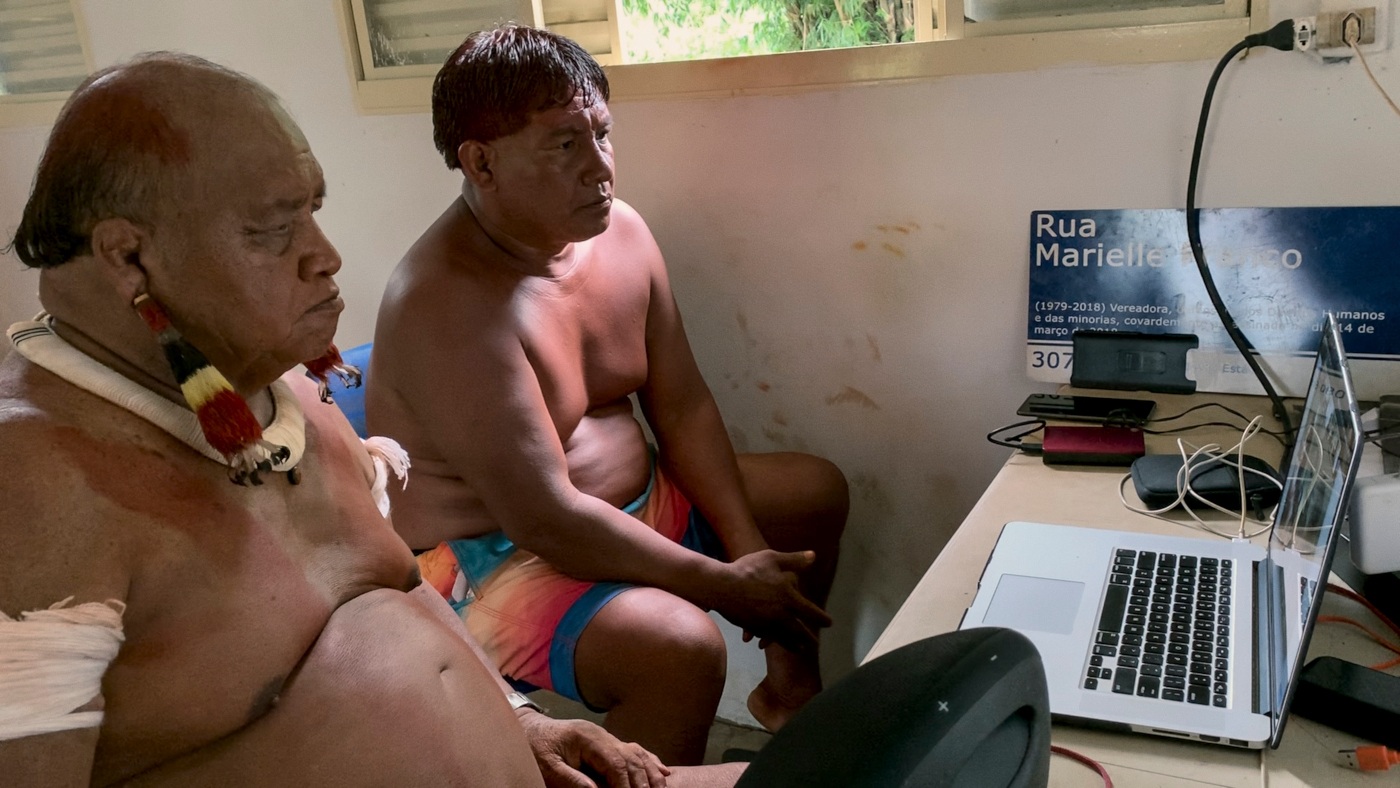
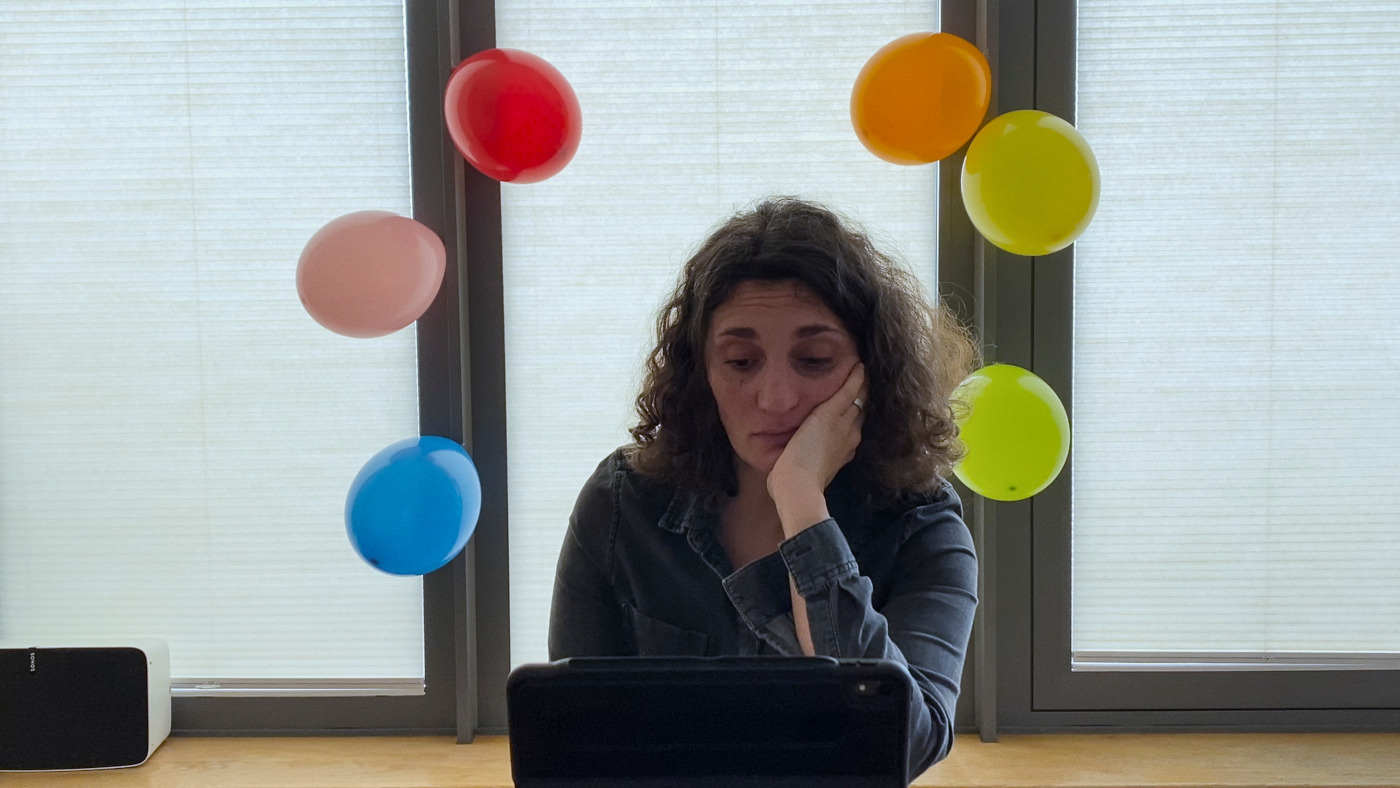
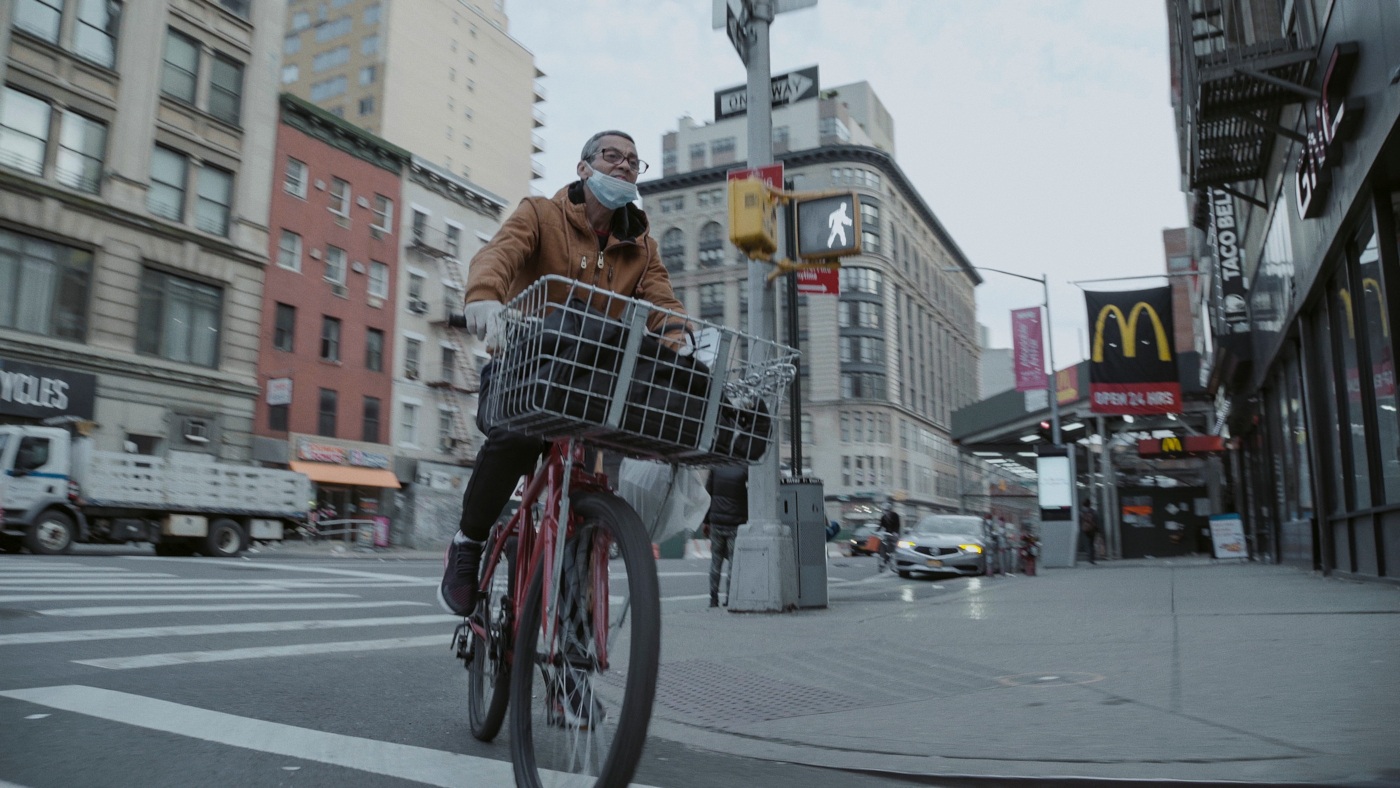
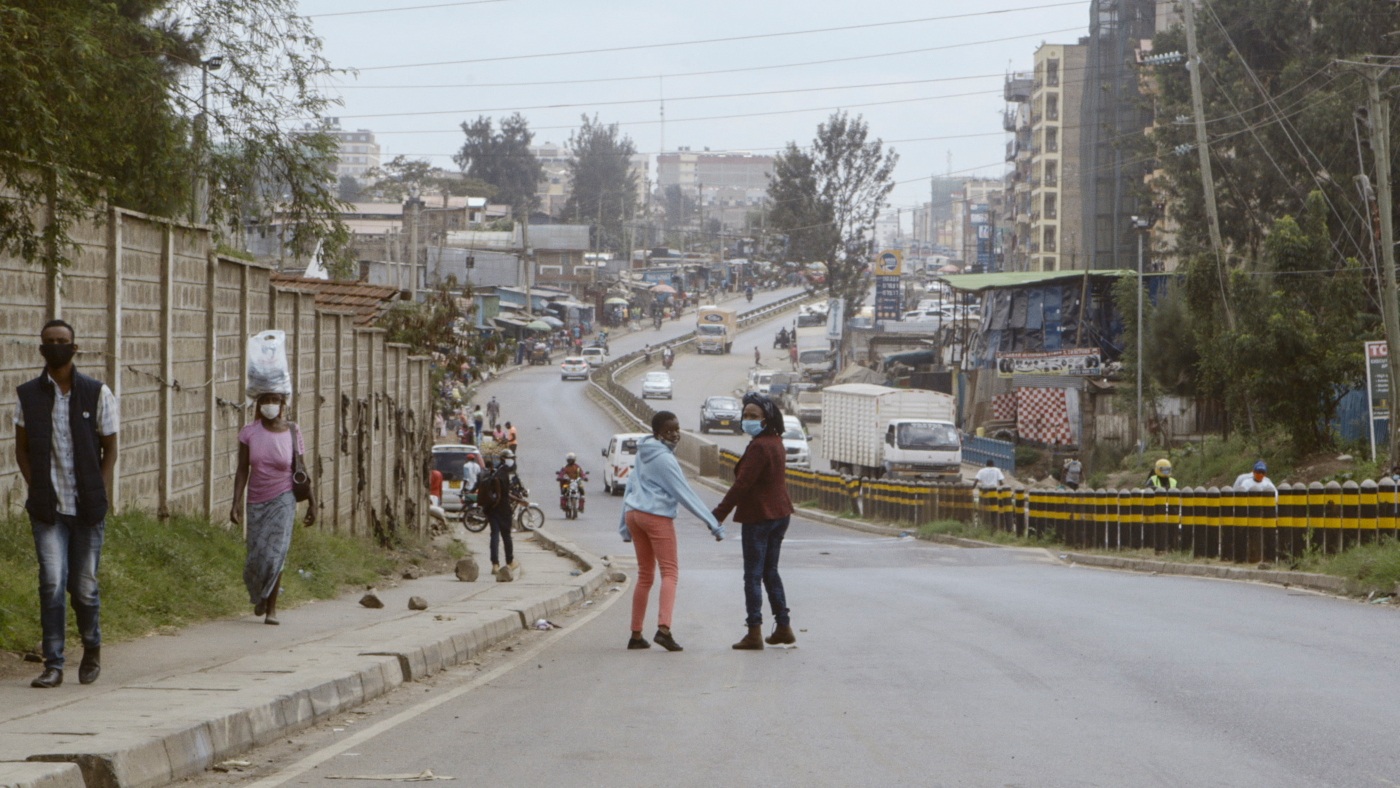

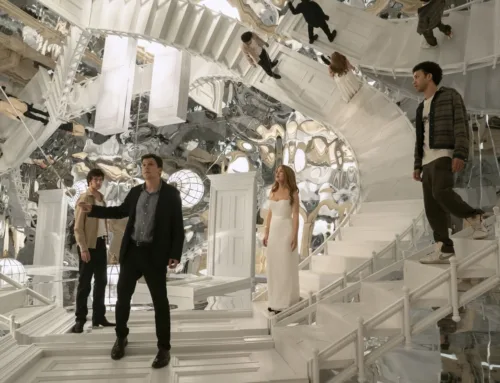
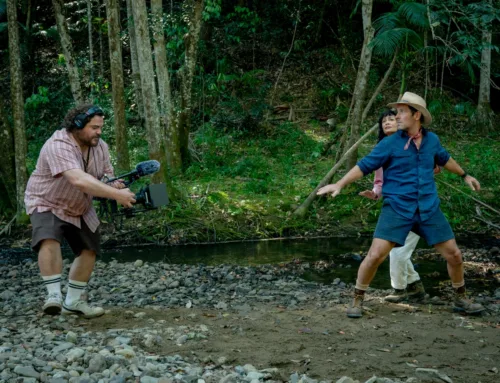
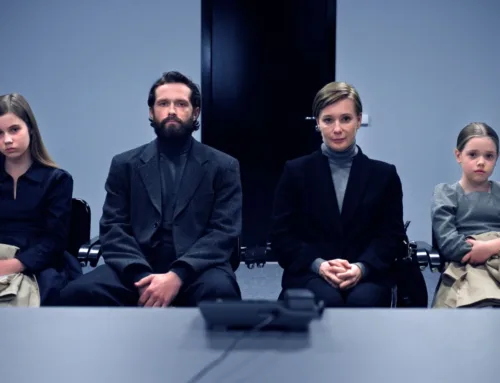
Hinterlasse einen Kommentar